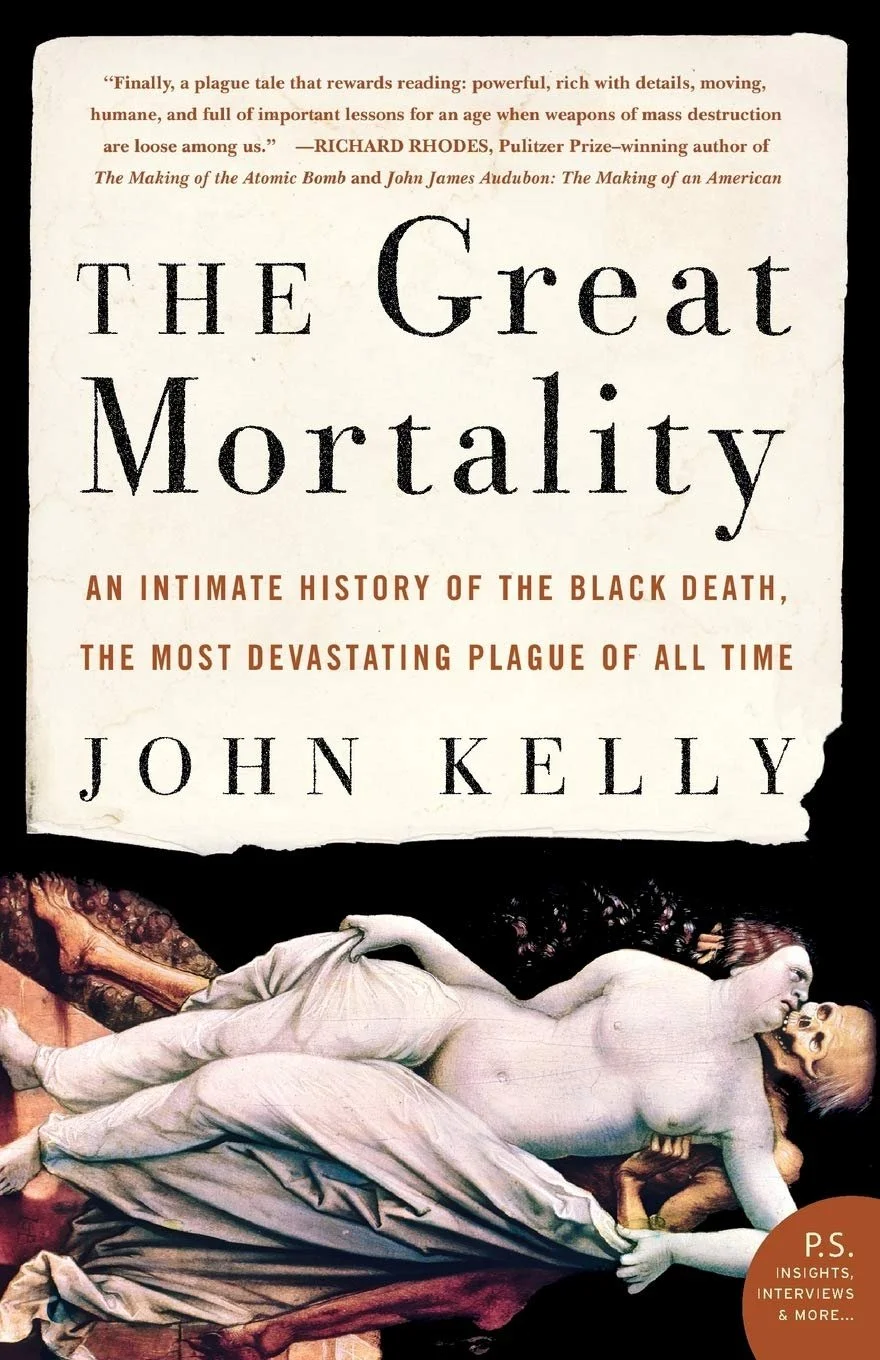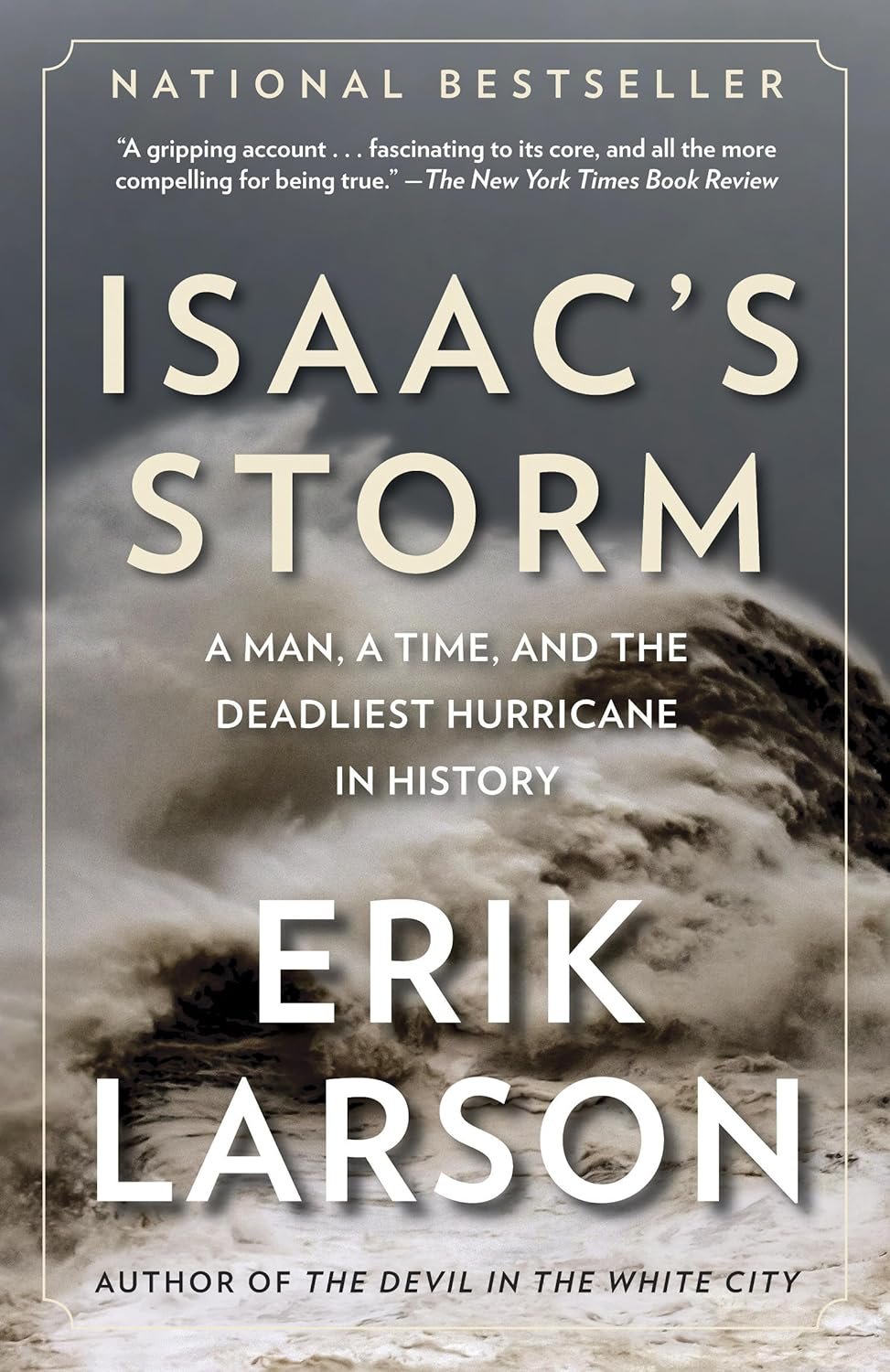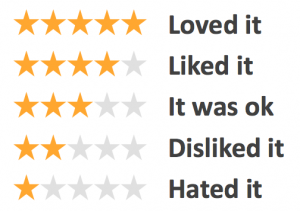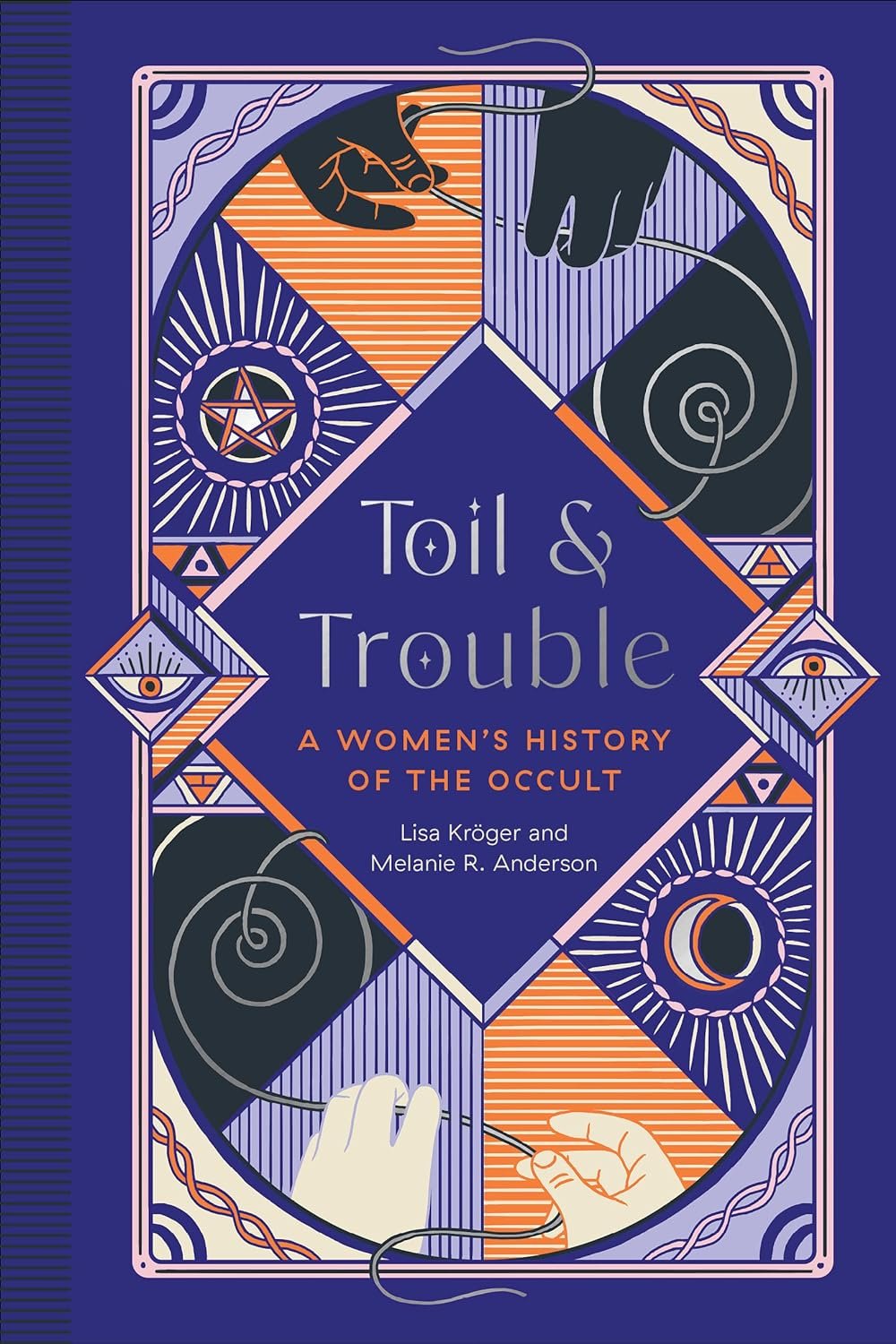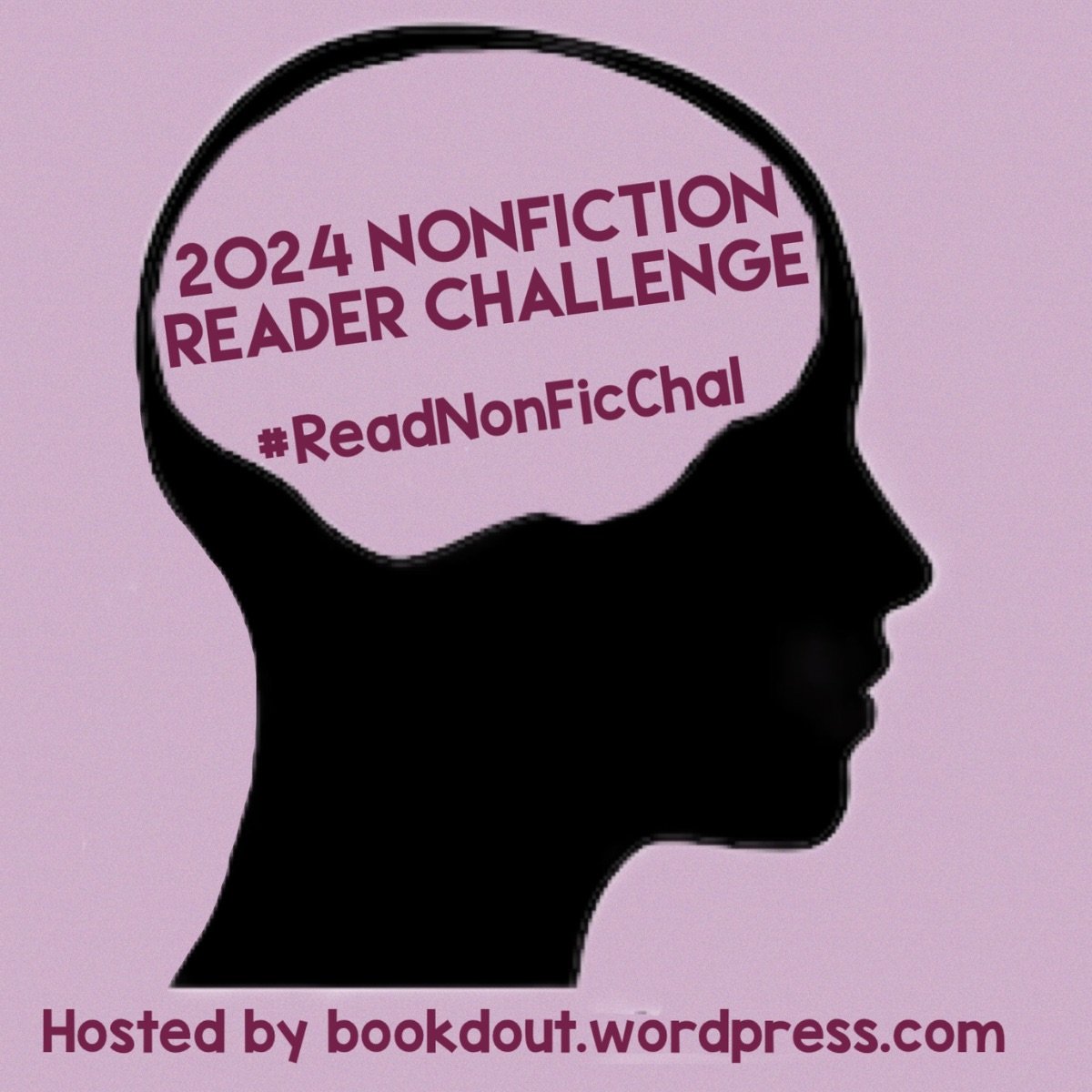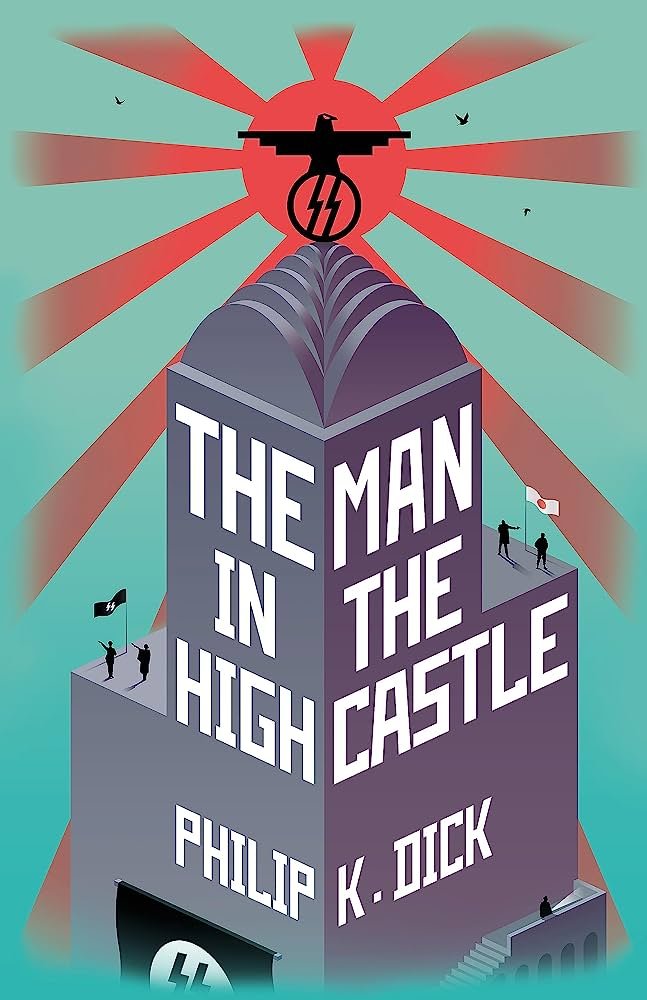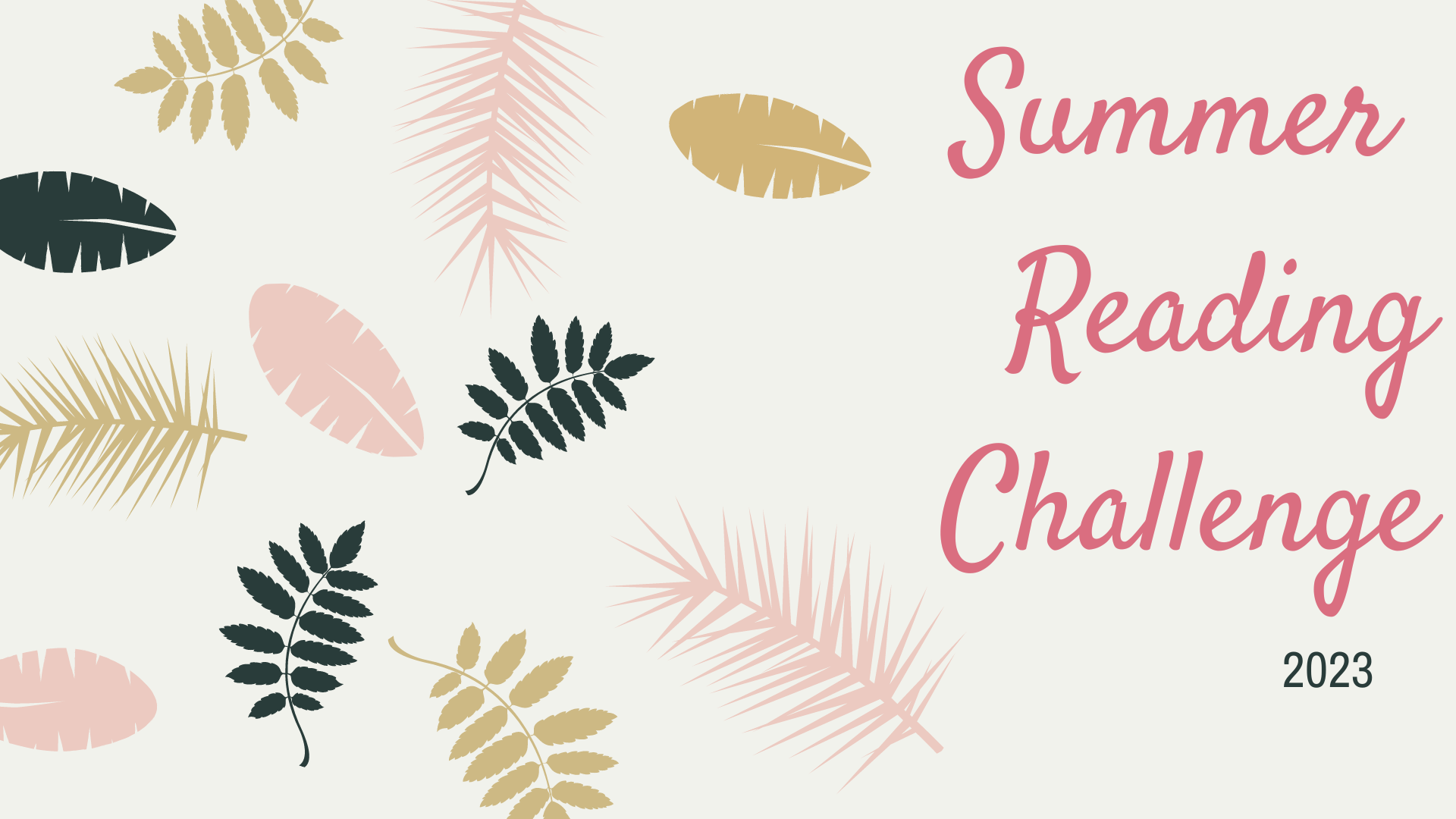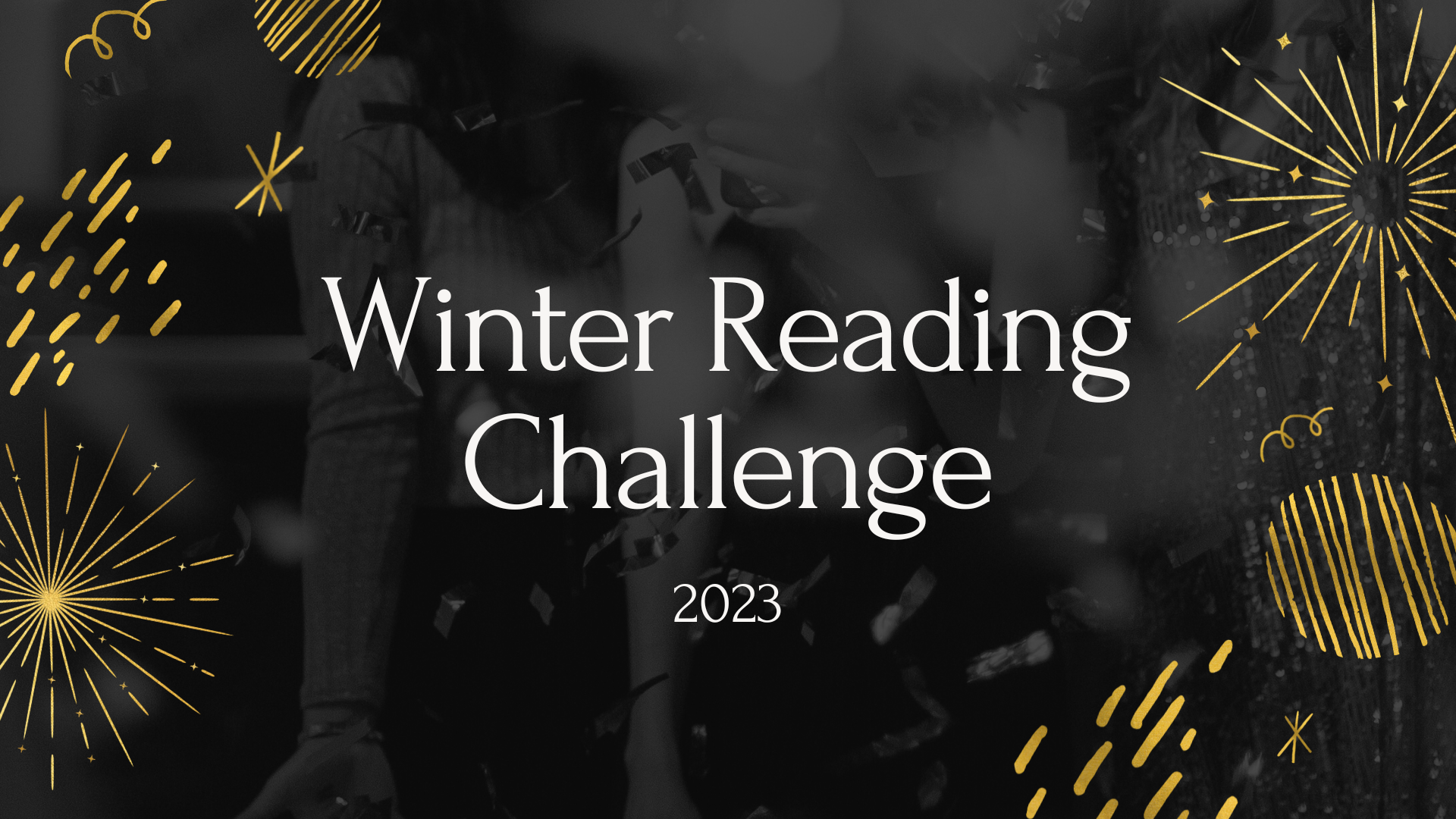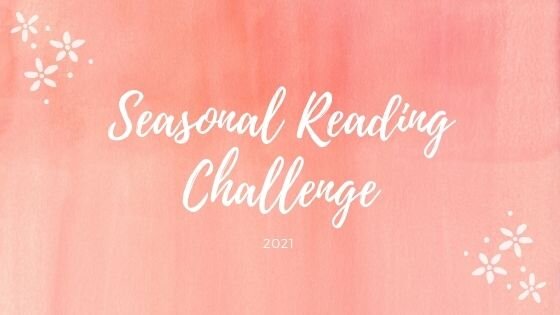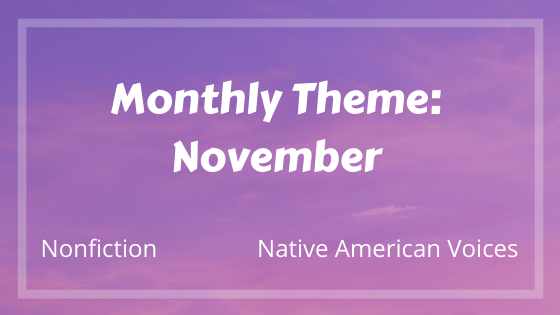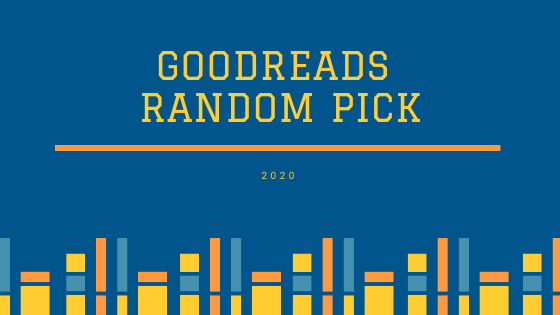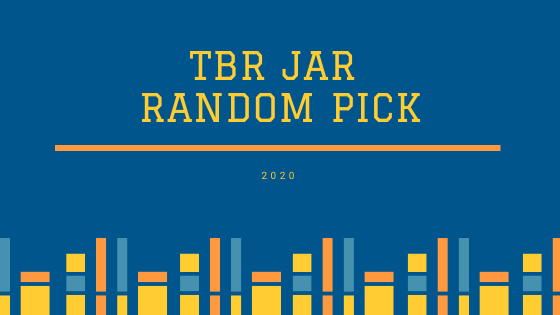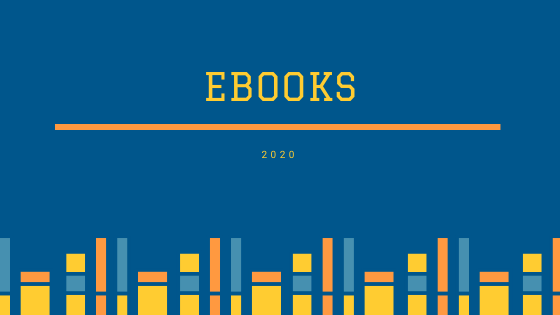Title: The Great Mortality: An Intimate History of the Black Death, the Most Devastating Plague of All Time
Author: John Kelly
Publisher: Harper Perennial 2005
Genre: Nonfiction - History
Pages: 364
Rating: 5/5 stars
Reading Challenges: Nonfiction Reader; Spooky Season
Where I Got It: Library
The plague that devastated Asia and Europe in the 14th century has been of never-ending interest to both scholarly and general readers. Many books on the plague rely on statistics to tell the story: how many people died; how farm output and trade declined. But statistics can’t convey what it was like to sit in Siena or Avignon and hear that a thousand people a day are dying two towns away. Or to have to chose between your own life and your duty to a mortally ill child or spouse. Or to live in a society where the bonds of blood and sentiment and law have lost all meaning, where anyone can murder or rape or plunder anyone else without fear of consequence.
Wow! This has been on my TBR pile for years and now I understand why it kept popping up as a recommendation for me. We get a detailed, and I do mean detailed, examination of the the Black Death as it swept through Asia and Europe in the mid-1300s. Kelly goes region by region showing how the plague affected the people of the area. We get interesting insights from contemporary plague chroniclers as well as interpretations from modern scientists. I was fascinated to learn from the primary sources as well as analysis. This is a hard read. Obviously there are graphic depictions of death and suffering in here. But I think it is an essential read to understand history and gain insights into the changes following the plague.
Next up on the TBR pile:
